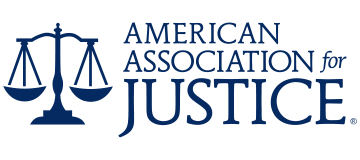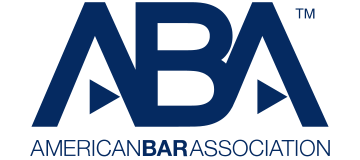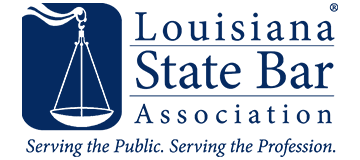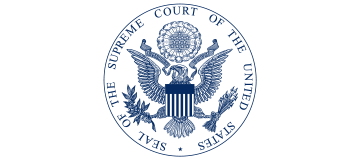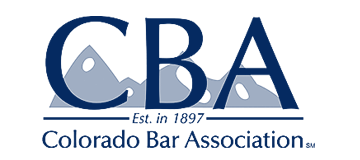Hotels, large public buildings, cruise ships, pools and hot tubs, hospitals, etc., may all harbor the necessary conditions in which the bacteria can grow and then spread to humans via mist or vapor in the environment.
Legionnaires’ Disease:
Legionnaires’ Disease – Investigation Protocol and Outbreak Response
Legionnaires’ disease can break out anywhere there is a water source that is contaminated with the Legionella bacterium.
Each year, an estimated 8,000 to 18,000 people are hospitalized in the U.S. with Legionnaires’ disease.
Prior to determining liability, the first objective is to identify the source of the legionella bacteria and decontaminate. The investigation protocols and responses to suspected outbreaks are under the jurisdiction of each state’s local and state health departments. When it is suspected that an outbreak has occurred, these institutions have the option of inviting the Federal government’s Centers for Disease Control and Prevention (CDC) to assist their investigations with additional expertise and resources. Each year, about 3,000 cases are reported to the CDC. For outbreaks on cruise ships involving U.S. citizens, or within U.S. ports, the CDC has jurisdiction.
OSHA Has Jurisdiction Over Workplace Outbreaks
If it is suspected that an outbreak of Legionnaires’ disease had its origins in a particular workplace, it is the responsibility of the Federal government’s Occupational Health and Safety Administration (OSHA), a branch of the United States Department of Labor, to investigate. OSHA has two different investigation protocols it can initiate, depending on the level of suspected exposure to the bacteria that causes the disease.
A Level One investigation occurs when there is a suspicion that a workplace water source is the culprit, or when there is no more than one reported case of Legionnaires’ disease. The investigation may be carried out by an OSHA representative, and/or by a member of the Federal government’s Centers for Disease Control and Prevention (CDC), and/or someone from a local Health Authority.
Level One Investigation
A Level One investigation includes the following:
- An overview of all water systems, including hot and cold domestic water systems, faucets, pipes, water heaters, water coolers, water treatment equipment, storage tanks, condensers, humidifiers, filtration systems, AC cooling towers, fountains, whirlpools and spas, misters, back-flow devices, etc.
- A walk-through inspection by OSHA staff, or other investigator, accompanied by a facilities engineer or experienced member of the workplace’s maintenance staff. Items to check include the facility’s general condition; the temperature(s) of all water systems; the presence of any noticeable bio-film growth or scale buildup; and the location of any cross-connections between the AC system and any domestic water system.
- An assessment of the results. No further action is necessary if water temperatures are within acceptable limits: water heaters at 140°F or higher; hot water faucets at 122°F or higher; cold water below 68°F.
- A recommendation of control actions, which may include: disinfection of the domestic water system; eliminating “dead legs” in the plumbing system; insulating plumbing lines and installing equipment to maintain proper water temperatures throughout the system
Level Two Investigation
A Level Two investigation is initiated when more than one possible cases and subsequent treatment of Legionnaires’ disease has been reported. The Level Two investigation can be carried out by local, state or federal authorities. It includes:
- An overview of all water systems (similar to Level One)
A walk-through inspection, which includes a physical survey of the facility; an inspection of the water route from the point of entry to the water supply; and the collection of water samples in sterile containers to be submitted to a laboratory certified for microbial water analysis and experienced in LDB (the Legionella bacterium) detection; measurement of water temperature(s). - The initiation of an employee awareness program to inform workers of the potential outbreak of Legionnaires’ disease and to educate them about its early recognition; instituting a medical monitoring program to track all workers currently on sick leave.
- A review of worker absences to detect the possibility of other cases, including an interview and/or diagnostic tests of any workers who took three or more consecutive days of sick leave from six weeks before the first case of Legionnaires’ disease was detected to the present; an interview of the physicians of all employees who have sought medical care for pneumonia-like symptoms.
- A recommendation of control actions (similar to Level One).
Outbreak Response

According to OSHA, an outbreak of Legionnaires’ disease exists when two or more cases can be attributed to a particular facility within a six-week period. An outbreak requires an immediate Level Two investigation and the initiation of control measures to prevent additional exposures to the disease causing bacteria. In addition to initiating the Level Two protocols, the following actions are to be taken:
- The evacuation of and isolation of high-risk individuals, including those with immune-suppressed conditions; organ transplant patients; chemotherapy patients; all others judged by a physician to be in poor health.
- Control actions to prevent additional exposure, including the posting or warning labels within the facility, where appropriate; the shutdown of domestic water systems including water heaters and cold water faucets; the use of temporary cooling towers for the AC system.
- Treatment of potential sources of contamination following inspection and water sampling.
- Collection and analysis of water samples upon re-use of a water system, to determine the effectiveness of the treatment.
Contact The Legionnaires’ Lawyer Today
If you or a member of your family has become ill due to exposure to legionella bacteria, you may have a legitimate lawsuit and be entitled to compensation. Don’t wait, contact us for a free consultation.
Do You Have a Case?
Are You Entitled to Compensation?
Contact The Legionnaires’ Lawyer for a Free Consultation
You pay absolutely nothing unless we are able to receive a settlement or jury award for your case.

